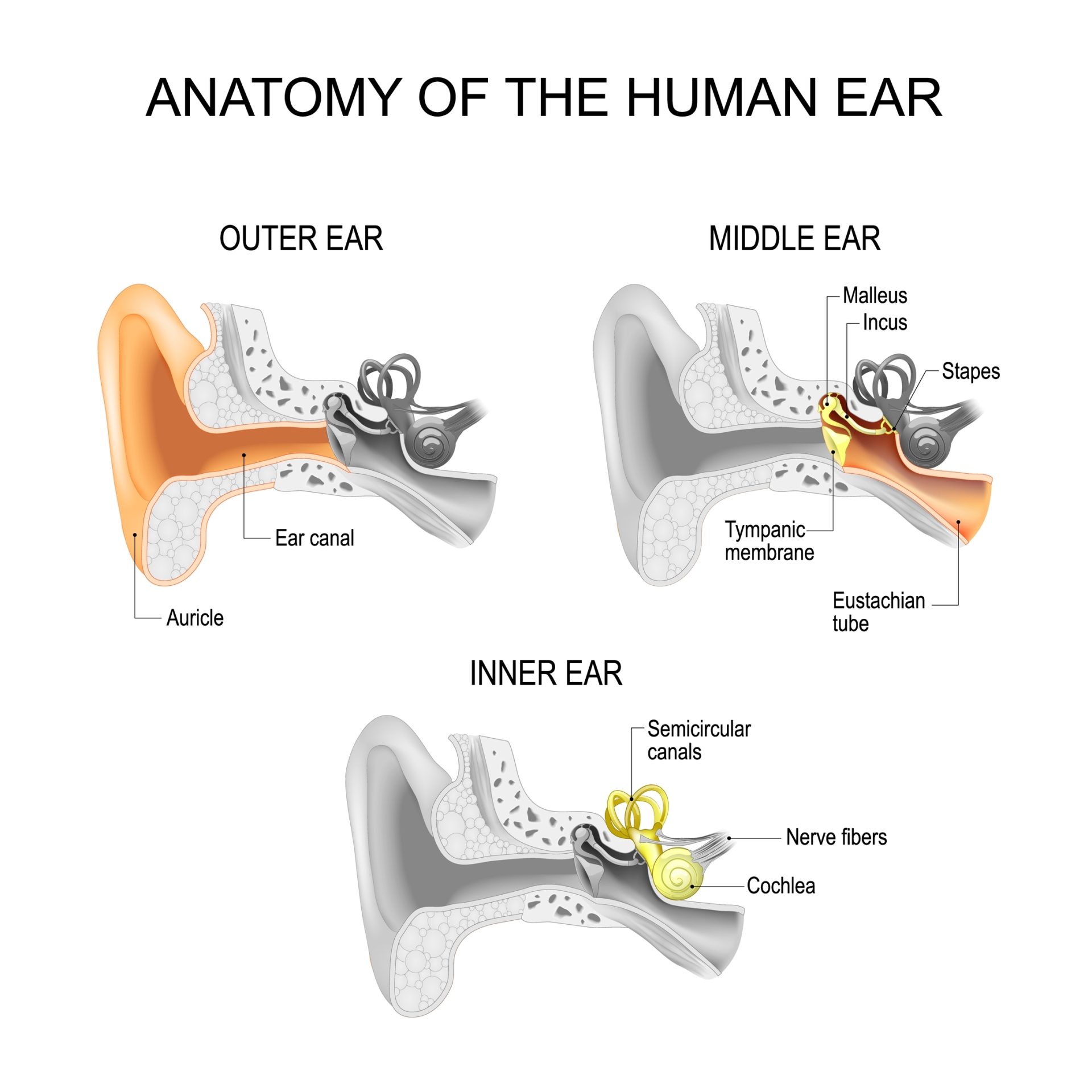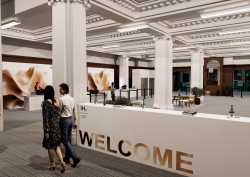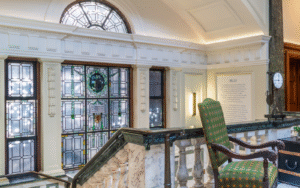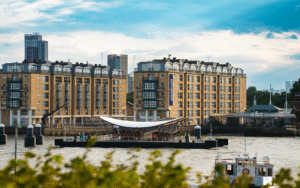In the first article in an exclusive ‘wellness series’ with Hotel Designs, interior designer Wren Loucks, CEO and Creative Director of Be-kin explores sound’s role when creating more meaningful and textured hospitality spaces…

As we move through the world, we are enveloped within a forever changing web of sensorial inputs—smells, visual aesthetics, textures, air temperature, light, and sound (to name a few) – that stimulate feelings within us.
For example, think about how you feel commuting on a train compared to sitting in a park. You are still you, but the sensorial web around you has changed. The sounds, textures and qualities of light are different—and they evoke a different emotional response.
These sensorial inputs dance and interact with one another, amplifying the effects. But it is also interesting to isolate each one—and explore our relationship with it. This month, I feel inspired to talk to you about sound.
What is sound?
I asked this question to my friend Moshik Kop, a sound designer. He clapped his hands, which made me jump, and described sound as energy, as vibrations, that travel through the air until they reach your ears. The closer you are to the source, the louder the sound will be.
The Oxford Dictionary describes it in a similar way: “Vibrations that travel through the air or another medium and can be heard when they reach a person’s or animal’s ear.”
In his book, In an Immense World: How Animal Senses Reveal the Hidden Realms Around Us, Young describes how we hear sound: “Your ear consists of three parts—the outer, middle, and inner ears,” he says. “Your outer ear greets incoming sound waves, collecting them with a fleshy flap and sending them down the ear canal. At the end of the canal, they vibrate a thin, taut membrane called the eardrum. Those vibrations are amplified by the three small bones of the middle ear….and transmitted to the inner ear—specifically, into a long fluid-filled tube called cochlea. There, the vibrations are finally detected by a strip of movement-sensitive hair cells, which send signals to the brain. A sound is heard.”

Image credit: Be-kin
All these definitions describe sound in a tangible way. This makes sense to me, because when I listen to music, I feel it somatically through my body—I want to dance, move, run, or sleep. Sound has a physicality to it felt through the vibrations.
If we consider sound through the lens of the biophilic hypothesis, we can see how we are hard-wired to react to sound. Our ancestors relied on it to alert them to danger (e.g., dangerous animals). Our life has depended on it. Thankfully today, for individuals with hearing impairments, new products are being developed to connect them to the information they might otherwise hear through sound—such as pillows that vibrate to signal a fire alarm, tactile surfaces, and the use of hearing loops in public spaces.
“Music is the emotional life of most people.” – Leonard Cohen.
I spend a lot of my time walking and listening to music. Certain songs pull me into the past, evoking nostalgia and giving me the space to process feelings and ideas. Other tracks pull me into the future—daydreaming about new opportunities, imagining new design and art projects. But what if music can pull us right into the present?

Image credit: Unsplash
Sound meets Ai
GetSound.Ai is a weather-reactive soundscape platform, created by Adi Goldstein and Lior Nitzan, who are musicians, producers, and soundscape creators for more than 20 years. They believe passionately in the power of sound to stimulate wellbeing.
What makes GetSound.Ai so special, is that their soundscapes are never the same. They are designed to pull us right into the present moment. The sound is constantly changing, just like the sensorial web we are engaged with, created through AI that takes into consideration your location, the weather conditions and time of day.
We, as designers and people responsible for evolving the hotel design scene into the future, are only just starting to understand how sound can be used to help amplify a feeling in hotel design. Arguably, it requires specialists in this area to make the largest impact, but, at the very least, understanding sound – and realising its beneficial qualities will no-doubt help interior designers to broaden their mindset when envisioning how spaces can come alive, through ‘vibrations in the air’.
Main image credit: Be-kin






















